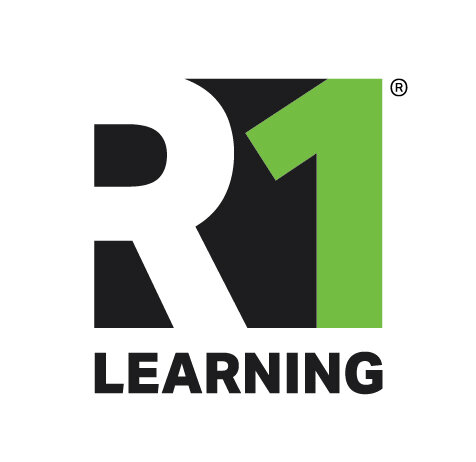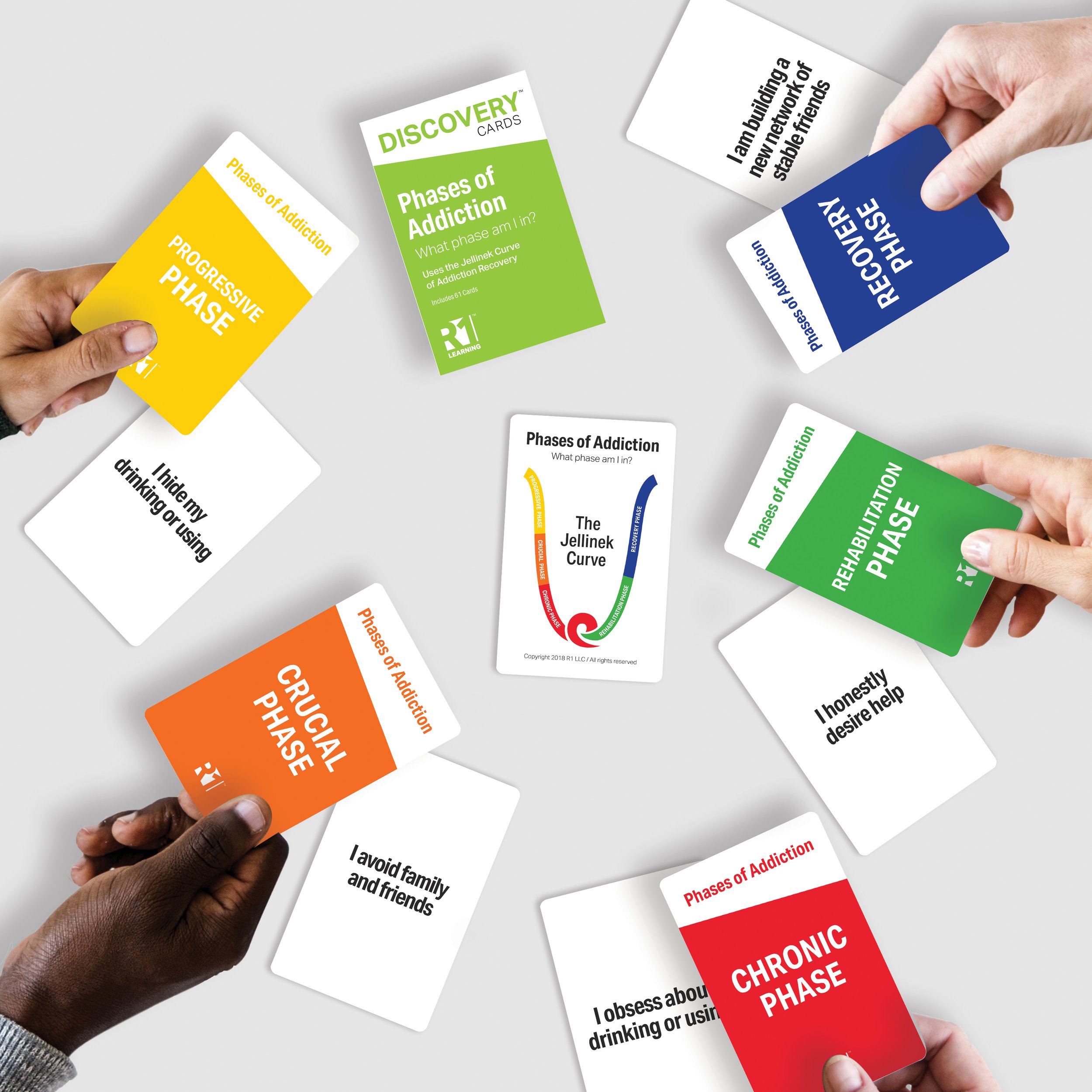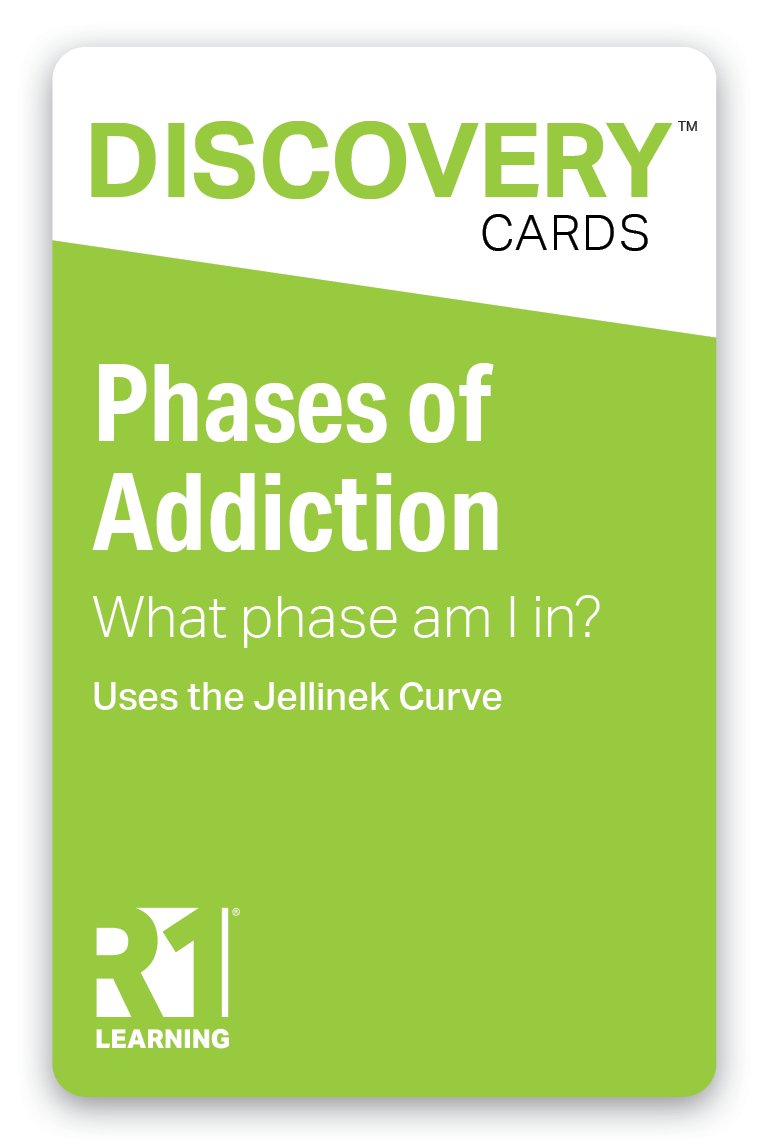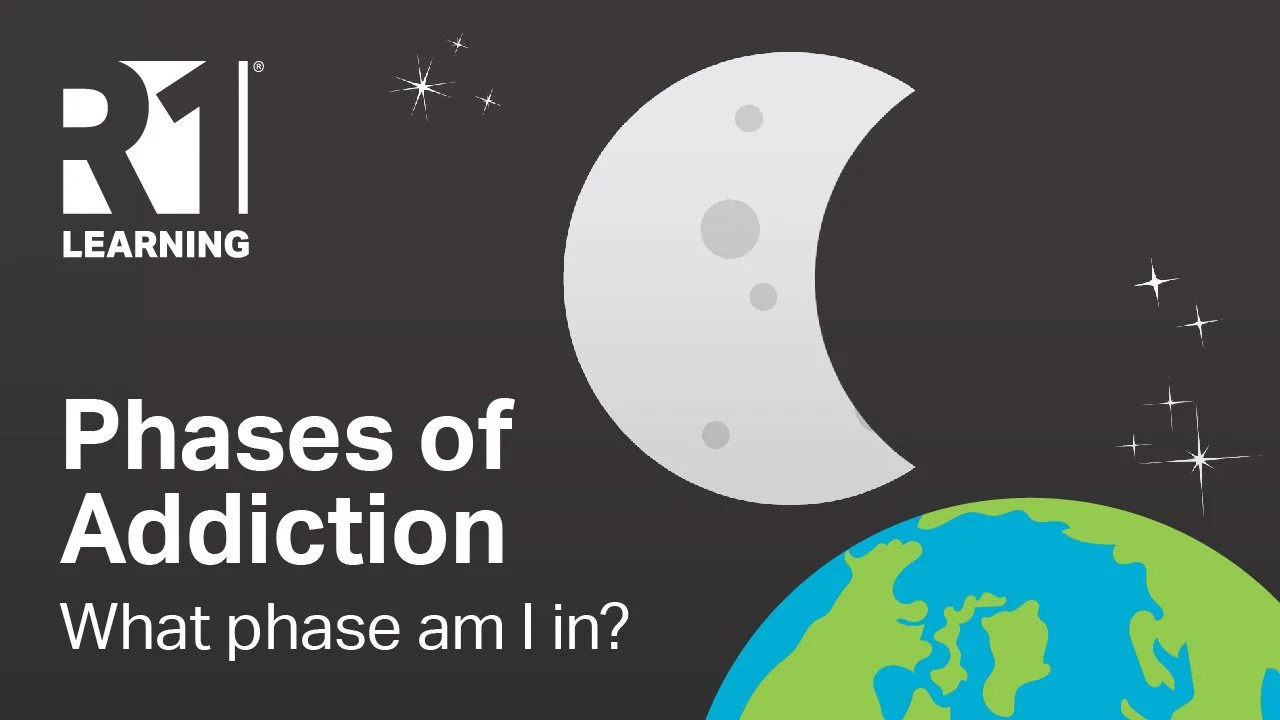5 Phases of Addiction — What Phase Am I In?
Mental health issues and substance use are on the rise sparked by economic fears, increased social distancing, isolation, and the overall lack of connection due to the COVID-19 crisis. What better topic for today’s post than the basics of addiction and what it looks like behaviorally. I have a gentleman in my morning recovery meeting that often states that “substance use is a progressive, chronic, and fatal disease if not treated”. This always resonates with me and many members of our group who had reached the more dangerous phases of this disease. The hopeful part of the story that doesn’t get explicitly recited each time is that alcoholism (and drug addiction) is a disease that can be treated, arrested, and full recovery can be achieved with proper treatment, new healthy habits, and a recovery community of support.
Why read this post? Everyone’s path through addiction and recovery is unique. However, there are more shared experiences than differences. Having a model to help individuals see how their own journey through addiction is patterned provides opportunities for insights and builds self-efficacy. Addiction is always accompanied by denial — denial that one has a problem, that the problem is serious, that one needs help to address the problem. Having an evidence-based model helps individuals cut through the denial. It helps individuals to recognize their substance-related problems, that these problems are serious, that they need help, and that recovery is possible. It also helps to reduce stigma, guilt, and shame associated with the disease. By providing a model and vocabulary, individuals can begin to recognize addiction in their own lives, recognize addiction when listening to other’s stories of recovery, and begin to express themselves more effectively in order to gain the help they need.
Addiction Defined — The Jellinek Curve
Addiction is a progressive and fatal disease. It can be described as compulsion, loss of control, and continued use despite harmful consequences.
Compulsion — an overwhelming, irresistible urge to use or continue using a substance.
Loss of control — over the amount of substance used, the amount of time using the substance, or behavior while using.
Continued use — even though the substance use causes problems.
Addiction is progressive, meaning it worsens over time. Addiction is a process — with characteristic signs, symptoms, feelings, and behaviors. As a process, it has stages or phases. Dr. E. M. Jellinek, an early researcher in the science of alcoholism, developed the Phases of Addiction model in the 1940s, which described the progressive nature and stages of alcohol addiction — from early social drinking through later stages that include constant drinking, physical deterioration, and chronic cycles of obsessive drinking. The original graphic only represented the “down” or negative consequences of active alcoholism. In the 1950s, British psychiatrist, Dr. Max Glatt, developed the “up” side of the curve. The combined model is what today is know as the Jellinek Curve and has been used for substance use and other additions such as gambling, eating, sex, and buying. The Jellinek Curve illustrates the progressive nature of the addiction process by showing signs and symptoms associated with the phases of addiction — and recovery.
Explore R1 Discover — Interactive Engagement Tools
In developing the R1 content, one of our primary objectives is to give individuals an easy and concrete way to assess themselves in evidence-based models. The four theories that we’ve been most excited about are 1) Stages of Change, 2) Phases of Addiction 3) Relapse Phases & Warning Signs, and 4) Recovery Capital. All four topics are anchored in behaviors linked to proven researched models. The R1 Learning System enables individuals to assess and discover where they are in these models based on their own situations and circumstances. Our goal today is to use the Phases of Addiction model to help individuals explore their own experiences, clarify where they are in their recovery, and identify goals and healthy coping strategies for action. Let’s start by examining the 5 Phases of Addiction and understanding each phase.
5 Phases of Addiction — Finding the words to describe what’s happening
R1 is delivering in-person and virtual groups with the clinical team at the Psychiatric Institute of Washington (PIW) which is one of Universal Health System’s (UHS) Mental Health and Substance Use hospitals located in the center of Washington DC. We’re running groups on all of the units using the Phases of Addiction Discovery Cards Group Kits and several other topics. The engagement of individuals in these groups is extremely high given the hands-on nature of the tools. Many of the clients / patients have never learned the basics of the disease model of substance use. I am always pleasantly amazed by the key insights and takeaways when we go around the room at the end of the hour. Two outcomes of every session include 1) individuals expressing their ability to finally put into words what they’ve been experiencing for years in a concrete way and 2) that they feel hope in seeing that addiction is a disease and that it can be arrested. These are not just intellectual outcomes of the sessions but emotionally driven insights because of the experiential nature of the Discovery Cards. Each individual walks away with an understanding of the 5 Phases of Addiction, where they think they are in the model, and at least one goal for their treatment plan. The model, simple definitions, and behavioral examples on color categorized cards are central to each activity. Here are a few examples of the information presented.
In the earliest phase of the disease, the Progressive Phase, social use turns to using for relief or relaxation and tolerance to alcohol and drugs starts to develop. Drinking and/or using become a more central focus of life and individuals often attempt to conceal the amount and/or frequency of use. Discovery Cards examples include:
I drink or use occasionally for relief
I need to drink or use more to get the same effect
I am starting to have memory blackouts
I hide my drinking or using
In the Crucial Phase of the disease, the amount and/or frequency of use increases and problems begin to emerge. Attempts at control become more difficult and individuals begin to suffer physical and emotional consequences. Interests other than drinking or using are crowded out as drinking or using come to dominate the individual’s thoughts and actions. Discovery Cards examples include:
I can’t stop drinking or using like others can
I frequently feel remorseful
I repeatedly fail to control my drinking or using
I avoid family and friends
In the Chronic Phase, physical and emotional problems mount and control over the time of day, frequency, and quantity of use disappear. Attempts to quit meet with repeated failure and drinking/using becomes a compulsive behavior. Excuses and rationalizations become inadequate in concealing the effects of the problem from others and from the individual. Discovery Cards examples include:
I am staying drunk or high for longer periods
My physical condition is deteriorating
I am not thinking clearly
I am crossing my own moral boundaries
Abstinence is the key to the Rehabilitation Phase. Individuals gain acceptance that addiction is a disease and see that a cure is available. Honest attempts are made to seek help from professionals as well as other individuals in recovery. Finally, lifestyle changes are initiated to establish a basis for a sober life. Discovery Cards examples include:
I honestly desire help
I understand that addiction can be arrested
I understand that alcoholism/drug addiction is an illness that can be treated
I have stopped drinking or using
The Recovery Phase brings improved physical and emotional health and the adoption of new behaviors to support ongoing recovery. Personal and professional relationships are repaired and hope and happiness are restored as the self-reinforcing cycle of sobriety takes root. Discovery Cards examples include:
I am developing new interests
I get regular rest and sleep
My family and friends see and appreciate my efforts
I am building a new network of stable friends
We encourage you to take a moment and see what you’ve learned so far. Write down your answers to the questions below and share them with another person.
Questions to Explore
Answer these questions for yourself or someone you are working with.
Do you find this model helpful in thinking about your experience with substance use?
Do the phases make sense to you? Are the categories helpful and easy to understand?
Which Discovery Cards behaviors resonate mostly with you?
As you look back over relevant drinking or using history, do you see how your disease progressed?
What actions can you take to avoid the behaviors on the left side of the curve?
Which behaviors on the right side of the curve can you set as goals and explore further?
Who can you ask for help and support?
Thank you for reading this post and participating in this activity. Contact us if you would like to learn more about the Phases of Addiction or the R1 Learning System. We look forward to hearing from you.
R1’s Contribution — Advancing the Model
As with Max Glatt, who built on Elvin Jellinek’s original work and added the right side of the curve in the 1950s, R1 Learning hopes to build on this proven and helpful model as new research and understanding of addiction evolve.. We are working to include the medical red cross on future versions of the Jellinek curve to represent individual’s predispositions (risk factors) for addiction based on both the disease model and current research. This idea evolved out of a series of conversations with Mr. Larry Gourdine in 2019. His deep knowledge and breadth of experience in the field have been instrumental to this fundamental idea. Our goal will be to highlight these factors for substance use prevention and stigma reduction. Here are a few examples of the risk factors we’ve identified to date and which we will expand upon in future posts.
Genetic predisposition – family history
Brain characteristics and chemistry – dopamine and serotonin
Psychological factors – e.g., stress, personality traits like high impulsivity or sensation seeking, depression, anxiety, eating disorders, personality disorders, other psychiatric disorders
Environmental influences – e.g., exposure to physical, sexual, or emotional abuse or trauma; substance use or addiction in the family or among peers; access to an addictive substance; exposure to popular culture references that encourage substance use
Starting substance use – alcohol, nicotine, or other drug use – at an early age
References
Glatt M.M. (Ed.) Drug Dependence: Current Problems and Issues. Surrey, MTP Press Limited, 1977.
Glatt M.M. A Guide to Addiction and Its Treatment. New York, Springer, 1974.
Glatt M.M. “Alcoholism and Its Relationship to Other Types of Dependence.” In: A Guide to Addiction and Its Treatment. New
York, Springer, 1974.
Jellinek E.M. Disease Concept of Alcoholism. New Haven, CT, Hillhouse Press, 1960.
Jellinek E.M. “Phases in the Drinking History of Alcoholics: Analysis of a Survey Conducted by the Official Organization of
Alcoholics Anonymous.” Quarterly Journal of Studies on Alcohol. Vol. 7, pp. 1—88, 1946.
Jellinek E.M. (Ed.) Alcohol Addiction and Chronic Alcoholism. New Haven, CT, Yale University Press, 1942.
Copyright 2023 R1 Publishing LLC / All Rights Reserved. Use of this article for any purpose is prohibited without permission.
Facilitate Engaging Group Activities
Phases of Addiction Discovery Cards and Group Kits – Engagement Tools
Integrating these tools into your groups will allow individuals to build their own vocabulary, think about these concepts concretely, and put their choices into action. Visit the R1 Store to learn more about these evidence-based behavioral topics and models. The cards are an amazing tool for exploring these topics with individuals or groups.
Here are a few ideas to help you learn more about R1 and engage others on this topic:
Share this blog post with others. (Thank you!)
Start a conversation with your team. Bring this information to your next team meeting or share it with your supervisor. Change starts in conversations. Good luck! Let us know how it goes.
Visit www.R1LEARNING.com to learn more about R1, the Discovery Cards, and how we’re creating engaging learning experiences through self-discovery.
















